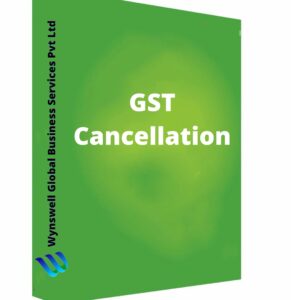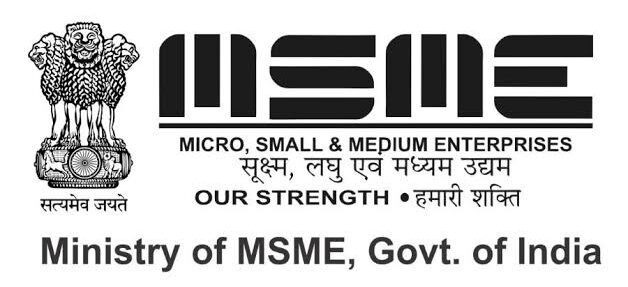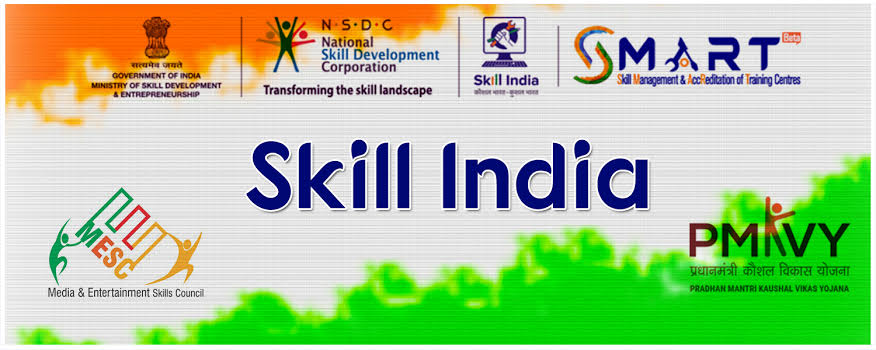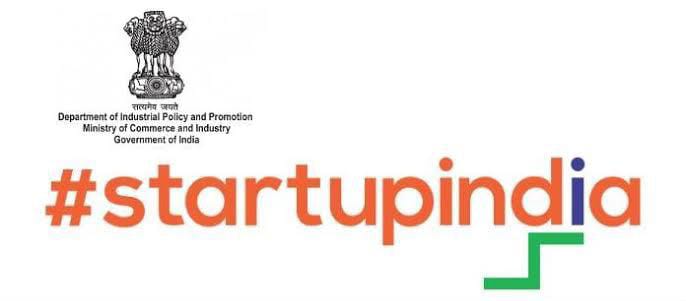Sale!
Compare
Detailed Project Report (DPR) – 5 Years Projectionn+ CMA Data
Original price was: ₹30,000.00.₹25,000.00Current price is: ₹25,000.00.
We make DPRs for your business
10000 in stock
Description
We make DPRs for your business
Additional information
| Funding | Equity, funding, Loan, srtartup |
|---|

















